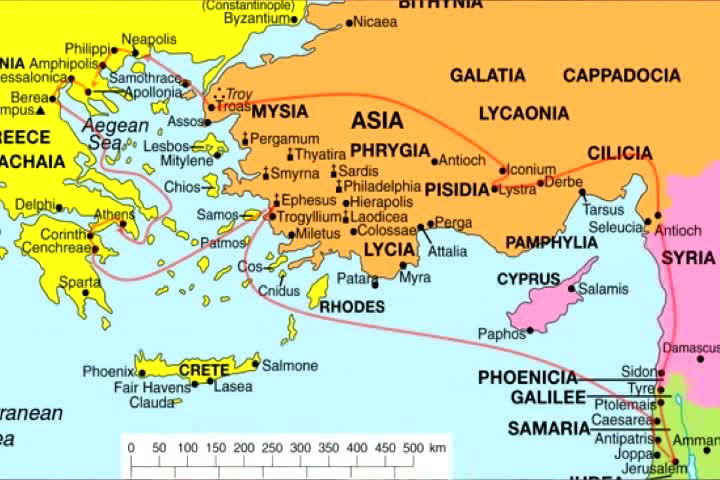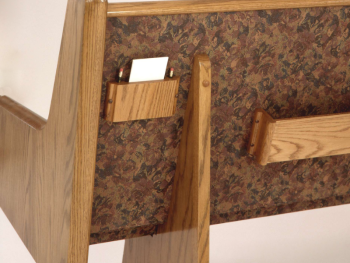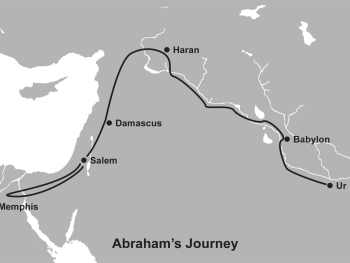As parents, educators, and caregivers, we share the responsibility of nurturing our children's spiritual growth and understanding of faith. One powerful tool that aids in this mission is the use of Bible maps in education. These visual aids not only bring the stories of the Bible to life but also provide an essential context that enriches kids' comprehension of the historical and geographical aspects of scripture.
Bringing the Past to Life
Bible maps act as time machines, transporting children to the ancient world where biblical events took place. Instead of reading about distant lands and times, kids can visualize the cities, landscapes, and journeys of their favorite biblical characters. This immersive experience creates a deeper connection to the stories and allows them to explore history in a meaningful way.
Visual Context Enhances Learning
Imagine teaching the story of the Israelites' Exodus from Egypt without a map showing their route through the wilderness. Or explaining the travels of Paul without indicating the cities he visited. Bible maps provide the visual context that enhances learning, making it easier for children to understand where events occurred and how they are connected.
Interactive Learning Sparks Engagement
Children are naturally curious and tech-savvy. Interactive Bible maps tap into this innate curiosity and use technology to create engaging learning experiences. With the ability to click, explore, and discover, kids actively participate in their education. This dynamic approach encourages questions, discussions, and a genuine enthusiasm for learning.
Holistic Understanding of Faith
Bible maps offer a holistic approach to understanding faith. When kids can see where David battled Goliath, where Jesus walked on water, and where Paul spread the gospel, their understanding of scripture expands beyond mere stories. They begin to grasp the historical context, the geographical significance, and the cultural diversity that enriches the tapestry of faith.
Supporting Visual and Kinesthetic Learners
Every child has a unique learning style. Bible maps cater to visual learners who thrive on images and spatial understanding. Moreover, interactive maps appeal to kinesthetic learners who learn best through hands-on experiences. By incorporating maps into education, we accommodate different learning preferences and ensure a more inclusive approach to teaching.
Building Lifelong Connections to Faith
Education that incorporates Bible maps goes beyond memorization; it builds connections that last a lifetime. When children can visualize and interact with the settings of Bible stories, they form enduring memories that stay with them as they grow. These memories become touchpoints for their faith journey and serve as a foundation for a strong spiritual identity.
Incorporating Bible maps into education is an investment in our children's spiritual growth and understanding. These visual tools bring the stories of the Bible to life, provide historical and geographical context, and create engaging learning experiences. By utilizing this innovative approach, we guide our children toward a deeper connection with their faith, fostering a lifelong love for the scriptures and a rich understanding of the history that shaped our beliefs.




